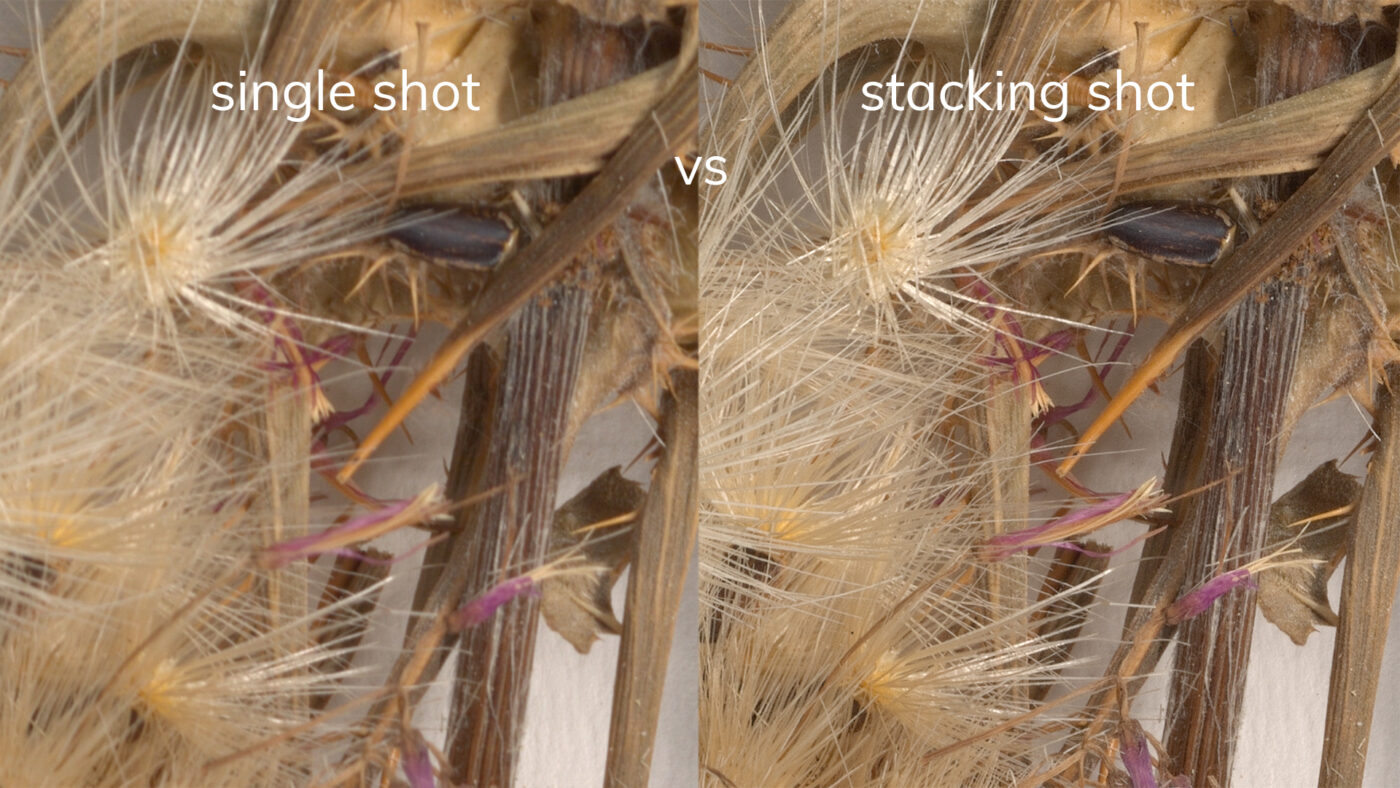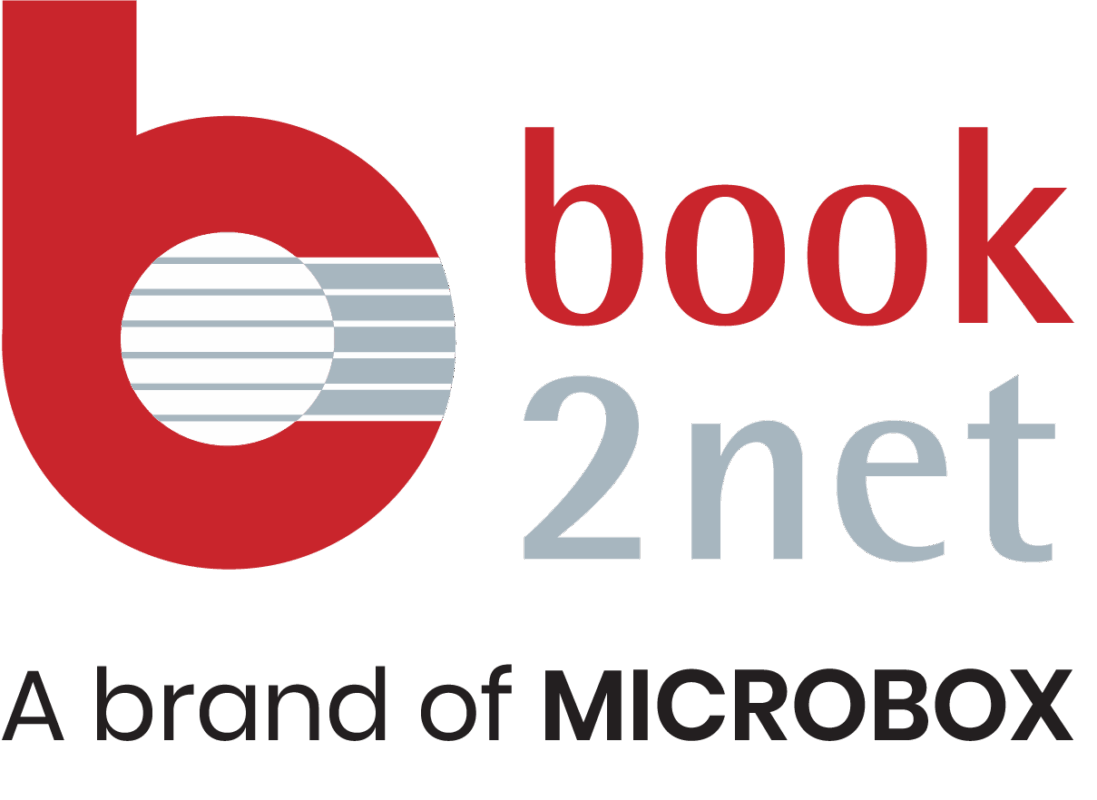Focus stacking is a method of maximizing the depth of field of an image. Several images of an object are taken within a very short time, whereby the focus point is shifted slightly with each image. In this way, a new, very small area is precisely captured step by step for each image. These images are then stacked using the software, i.e. combined in such a way that only the sharp areas of each photo are integrated into the final image. The end result is a consistently sharp image with maximum detail.
We offer two methods for this: firstly, changing the focal plane by moving the camera to a new position on the camera slider, whereby the secure fixing on the slider also prevents any shifts or distortions, and secondly by controlling the lens and the focus setting via a motorized focus. In both cases, the process can be precisely programmed using presetting in our scanning software. The result is a razor-sharp image of incredible detail, which can provide scientists with new information for analysis and comparisons and is a real eye-catcher for aficionados.
However, focus stacking is not only the ideal solution for the digitization of herbaria but is also suitable for all collections whose objects have three-dimensional structures and whose details are to be examined more closely: whether insects, coins, pottery fragments, textile fragments, etc. – there are virtually no limits to the possible applications.
Our new tool is being used for the first time in an extensive project at the Thuringian University and State Library Jena (ThULB) to digitize the Herbarium Haussknecht (JE) with our high-performance scanner book2net Archive Pro A2+

